New research shows that droplets in our coughs could travel as much as 26 feet.
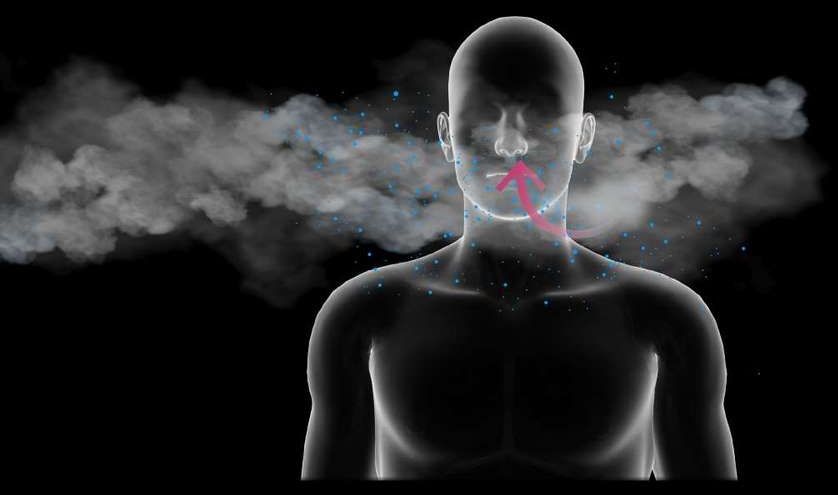

I made a video on the possible treatments for COVID-19 and how it targets different components of SARS-CoV-2, the virus that causes it 😃
You can watch it here: https://youtu.be/DaXG3Qd8soo And let me know if you have questionsor suggestions 😃.

As the coronaviruspandemic sweeps across the United States, another invisible enemy is threatening America’s data security.
From stealing data to disseminating misinformation, hackers are taking advantage of the US at an especially vulnerable time during the war against the deadly outbreak.
As millions of Americans have been ordered to work from home to contain the spread of the virus, data is now being transmitted outside secure business networks, making it a treasure trove for hackers.
If new cells, with new DNA, RNA polymerases and nucleotides can be generated to replace the cells affected by the virus, the enzyme of the virus can be eliminated, and the virus will be unable to make copies of its RNA. This can be done by stimulating the stem cells to become cells with new DNA, RNA, proteins, and nucleotides. Stem Cell Neurotherapy sends therapeutic messages to the DNA inside the stem cells’ nucleus. DNA sends the information to the RNA molecules called messenger RNA. The transfer RNA synthesizes proteins to carry out the instructions given by messenger RNA templates for the stem cells to become new cells and tissues to replace those infected by the coronavirus. We have produced and developed Stem Cell Neurotherapy for COVID-19 patients. The therapy is designed to help the patients generate new cells in their lungs, liver, kidney, and other organs to replace those cells that have been infected by COVID-19. These new cells will eliminate the fever, coughing, headaches, breathing problems, and other symptoms related to COVID-19. More details are at: Stem Cell Neurotherapy on Facebook…
How did a U.S. patient in a New Jersey hospital become the first presumed Covid 19 respiratory failure patient in the world to receive stem cell exosomes? Get the inside scoop!
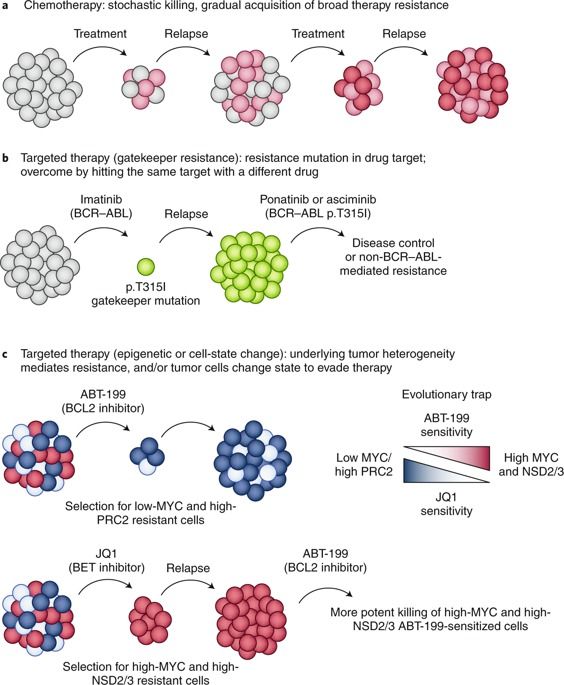
Cancer cells have the extraordinary evolutionary potential to adapt and acquire resistance to most conventional and targeted therapies. In a new study, Lin et al., develop a systematic approach to identify combination therapies that produce cancer traps, in which evading the first drug makes the cancer vulnerable to the second.
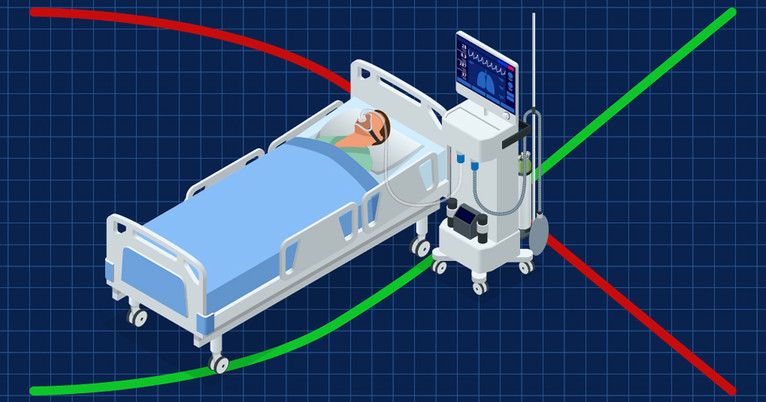
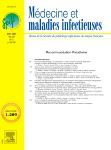
We use cookies to help provide and enhance our service and tailor content and ads. By continuing you agree to the use of cookies.
Copyright © 2020 Elsevier B.V. or its licensors or contributors. ScienceDirect ® is a registered trademark of Elsevier B.V.
ScienceDirect ® is a registered trademark of Elsevier B.V.
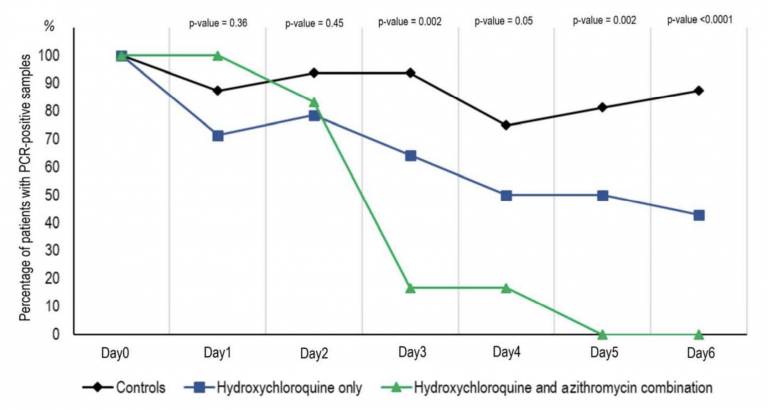
This is the latest Lifeboat Foundation update on our worldwide pandemic.
It is also at https://www.facebook.com/groups/lifeboatfoundation/permalink/10158811699298455.
Key summary of this report:
Following these four recommendations should improve everyone’s chances by a factor of 16 and get this pandemic under control. (All percentages are approximate, of course.) Such recommendations would bring the end to our extreme quarantines.
VENTILATORS
Ventilators can be shared in an emergency by 2 to 8 patients each. Simply sharing with 2 people plus following our four recommendations will increase the overall ventilator supply by a factor of 32. Learn more at https://www.nytimes.com/2020/03/26/health/coronavirus-ventilator-sharing.html.
Patients are experiencing death rates as high as 80% on ventilators as discussed at https://time.com/5818547/ventilators-coronavirus. (50% is the best death rate being recorded anywhere.)
It is estimated that only 20–30% of coronavirus patients who are having problems breathing have the typical Acute Respiratory Distress Syndrome (ARDS) that calls for a ventilator. A CT scan will help identify such patients. Learn more at https://www.esicm.org/wp-content/uploads/2020/04/684_author-proof.pdf.
We recommend that the following be tried before a ventilator:
Don’t despair: In just 45 seconds, U.S. Surgeon General Dr. Jerome Adams demonstrates how to make your own cloth facemask.
It’s lo-tech. You can use a T-shirt, hand towel, or bandana. The only other thing you need is rubber bands.
The CDC now recommends wearing cloth face masks in public places where it’s difficult to social distance from others — meaning staying at least six feet away.
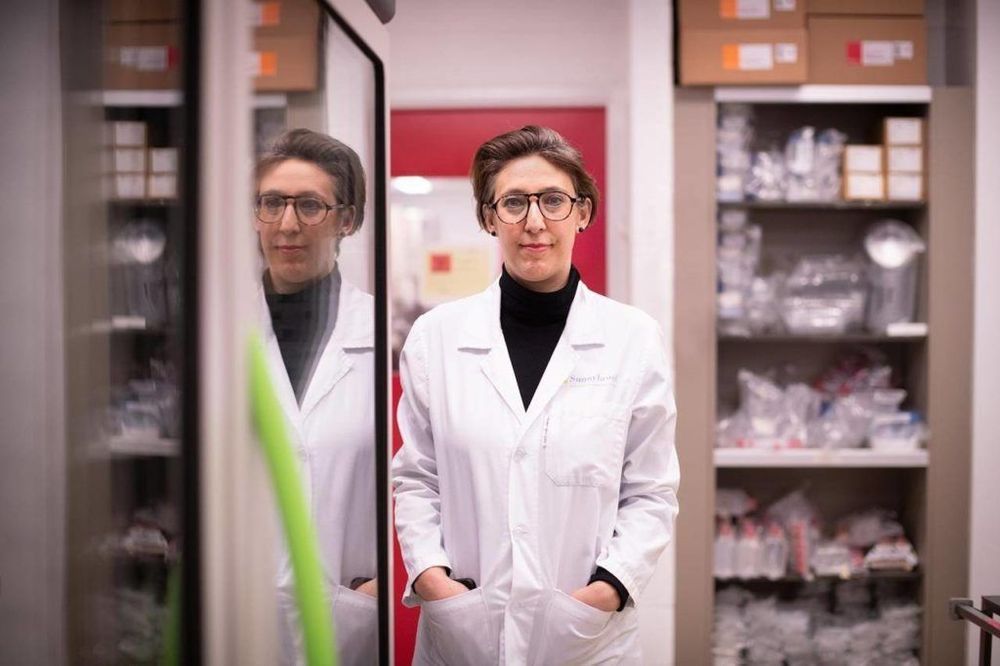
The ongoing fight against the COVID-19 pandemic could get a boost if Canadians paid more attention to the relative humidity levels in public and private spaces, according to a growing body of international research.
Doctors, scientists and engineers agree that sufficient indoor air moisture levels can have a powerful but little-understood effect on the transmission of airborne diseases. While the novel coronavirus that causes COVID-19 is currently treated as one that’s transmitted through droplet infection rather than the air, research on exactly how it passes between humans is still underway.
Most buildings, however, fall short of the recommended threshold of 40 to 60 per cent relative humidity, particularly in countries with colder, dryer climates such as Canada.